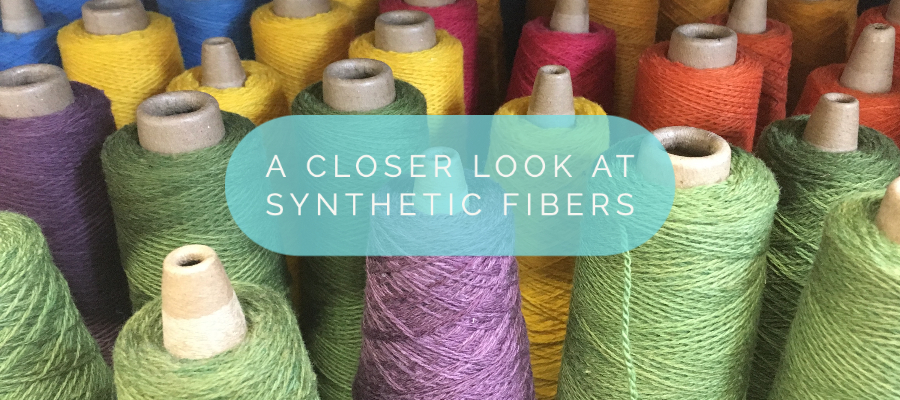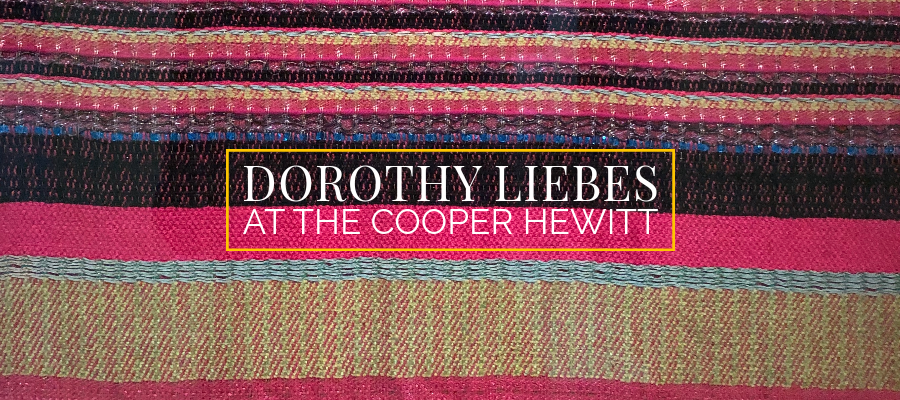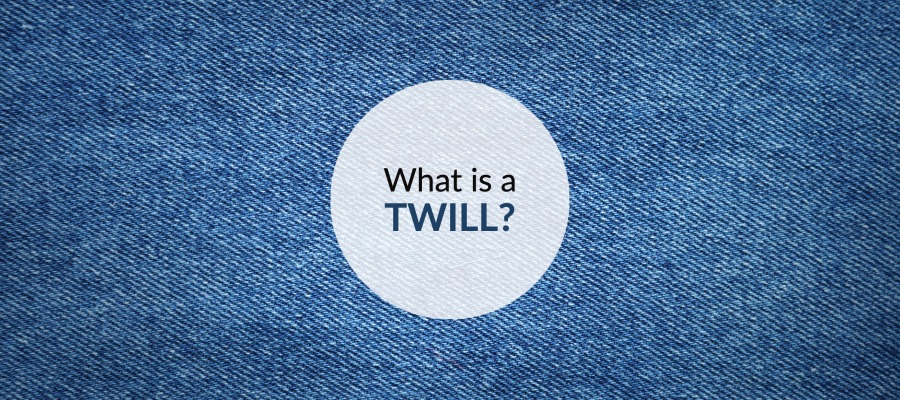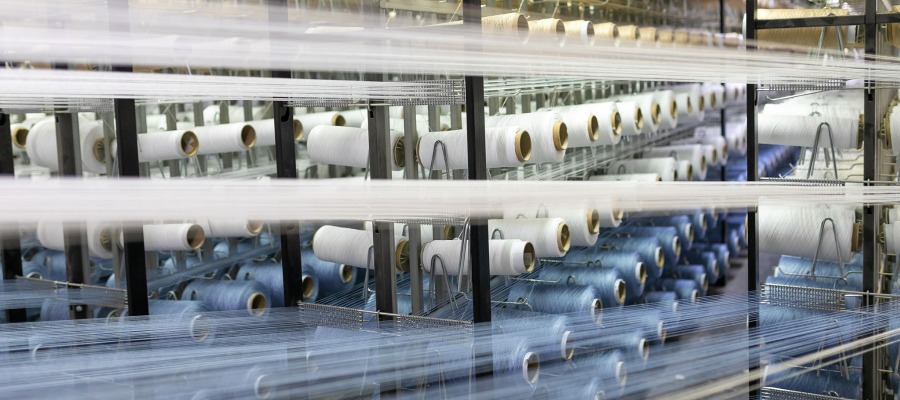
A Look at Manufactured & Synthetic Fibers
Humans have been turning fibers into materials with which to clothe themselves, warm themselves and express themselves for millennia. Still, there are certain moments in time we can point to as having made huge impacts on the way textiles are made. The invention of the cotton gin and then of the spinning jenny are two such moments. So too is the invention of synthetic fibers.
When we talk about human manufactured fiber, we’re talking about fiber that doesn’t exist as a fiber in nature. Instead, we are talking about a fiber manufactured in a lab. Natural fibers such as cotton, linen, wool and silk all go through some level of processing before using them, but they do exist in nature as a fiber.
Manufactured fibers, however, fall into two main categories. First, those created using something from nature such as wood as a raw material. Second, those fibers created in a lab, usually from a petroleum base. This second category overwhelmingly started their existence at DuPont.
Synthetic and natural fibers all have their own unique properties and purposes and have helped move humans forward in exciting ways. We’d decidedly pro-all fibers. Natural or synthetic, all have unique uses.
Fibers made from a natural source.
Bamboo and Rayon are both fibers that are sort of in between a natural and synthetic fiber. They are not found in a fiber state in nature, such as cotton, silk, wool or the other fibers we talked about when we discussed natural fibers. Rather, they are made out of molecules taken from a natural material, such as wood or an agricultural product, and regenerated to form a viscose material that is extruded into a fiber.
Rayon is the first manufactured fiber and was developed in the late 19th century as a less expensive substitute for silk. It is a fiber composed of regenerated and purified cellulose derived from plant sources such as soft wood. Early rayon manufacturing was an extremely dangerous and toxic process. Yet, a less expensive silk was welcome in the textile industry. Rayon is known to be a comfortable fiber that is soft and lustrous. It is often blended with other fibers to increase luster or absorbency.
Bamboo is similar to rayon in that is a regenerated cellulosic fiber produced from bamboo stems and leaves. Similar to rayon, bamboo has a couple of properties that make it quite unique. First, it is antistatic, which gives it nice drape when used close to the body. Second, bamboo contains a natural antibacterial element that is maintained in finished fabric. This makes it popular for use in home decor such as bedding and towels.
Fibers made from polymers.
The first truly synthetic fiber to come to market was Nylon. It was invented in 1938 and caused a revolution in textiles. Introduced to the public by its manufacturer DuPont, Nylon brought a new era of comfort to clothing, as well as disposability. It’s qualities of strength, elasticity, weight and resistance to mildew made it instantly popular. Originally, DuPont was focused on using this new fiber almost exclusively for women’s hosiery as an alternative to expensive silk stockings. However, in 1940, in an effort to reduce dependency on Japanese silk, DuPont turned the majority of its production to providing Nylon to the military. The material was used to make items such as parachutes and cording in WWII.
Acrylic is another fiber created by DuPont in 1941. Manufactured as a filament, it is then cut down to shorter staple lengths meant to mimic wool. Known for being lightweight, soft and warm, acrylic became very popular as a substitute for wool especially in the home crafting market. Acrylic is also hypoallergenic, machine washable and much more affordable than wool. Its flame retardant properties make it common in protective clothing and wigs.
Polyester is yet another synthetic fiber developed by DuPont in the mid-1930s. It is petroleum based and was marketed heavily as a substitute for cotton because it was lightweight and did not require ironing. Though many people think of double knit polyester suits from the 70’s, polyester is still widely used in apparel and home furnishings. It is often used on its own blended with fibers such as cotton to make fabrics more wrinkle resistant. Some brands today are trying to make polyester a more sustainable choice, by using plastic bottles as a raw material.
So, what’s better? Natural or synthetic fibers?
There really isn’t an easy answer. Both sets of fibers have their good and bad qualities. Consumers can decide which fiber is best for their particular need based on the properties required and end use. Natural and synthetic fibers both can have positive and negative effects on the environment. The reality is that the world is going to continue to live with both types of fibers. As consumers, designers and makers, we can choose by investigating different materials, using the correct one for our purpose and using no more than we need.
More than ever, consumers are looking at the textile industry and its impacts on the environment. This has brought a renewed appreciation for natural fibers into the consciousness. It has also inspired scientists and textile engineers to develop new fibers with an eye on sustainability.
Recommended reading: If you’re interested in learning more about the history of rayon’s development, check out The Golden Thread: How Fabric Changed History, by Kassia St. Clair.
Share this post
Author
DESIGN/COLOR TRENDS AND AWESOME INFORMATION IN YOUR INBOX
Sign up for our monthly trend letter







